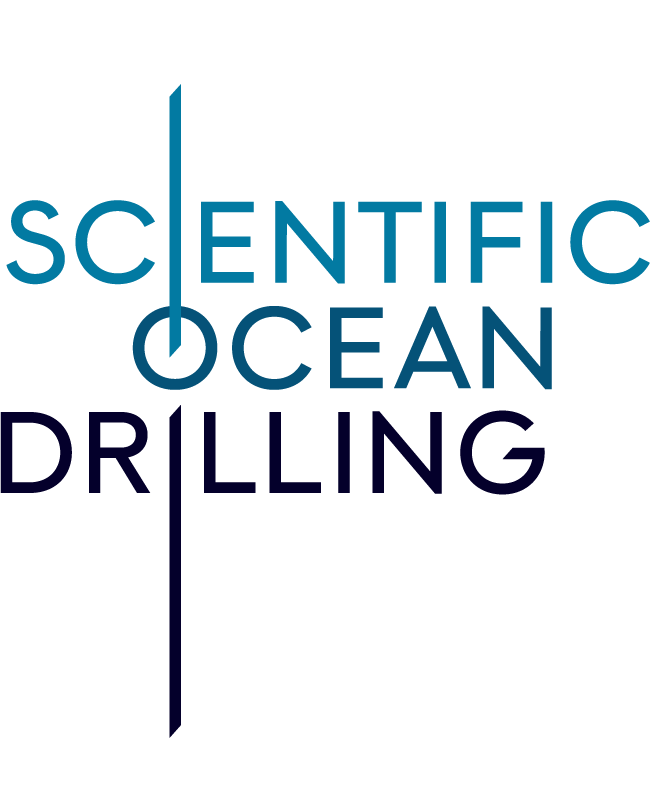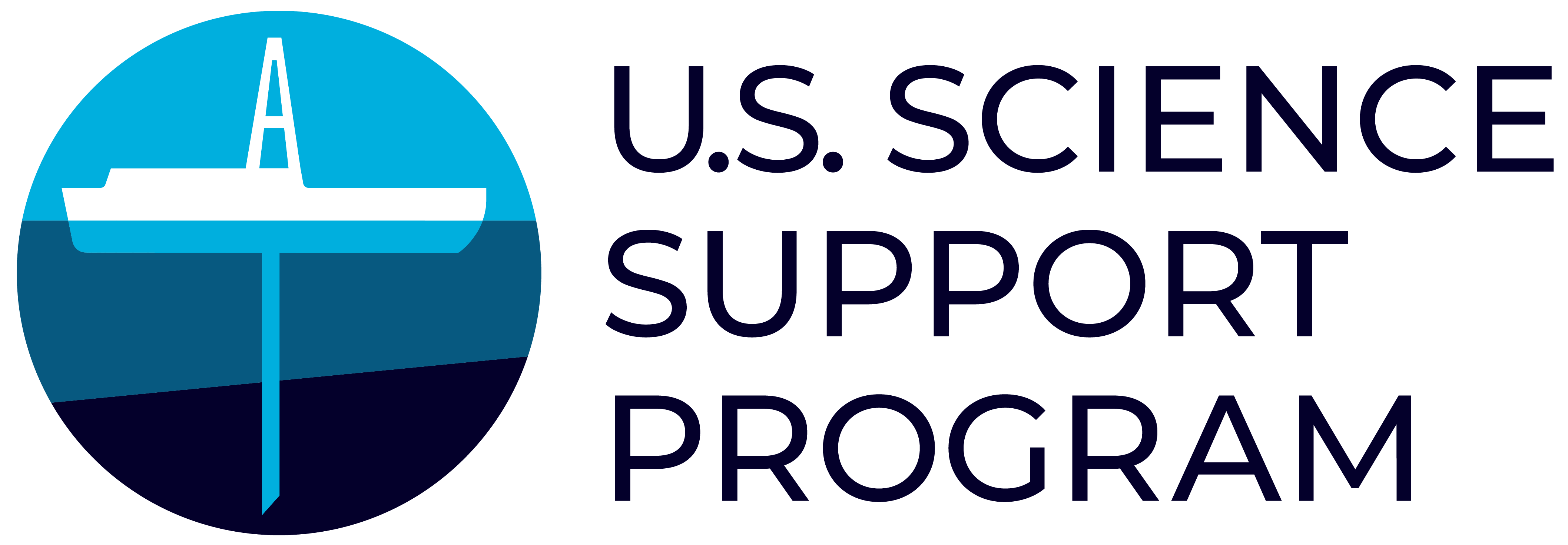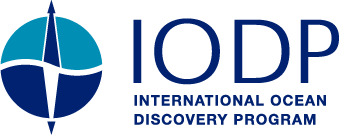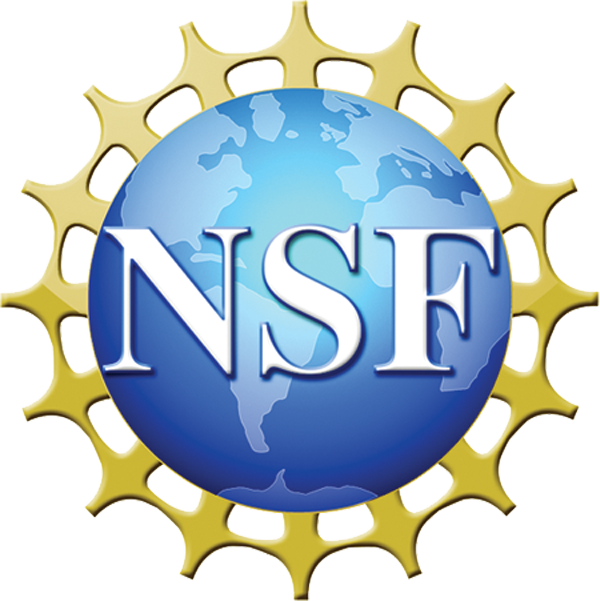Kathleen Marsaglia
California State University Northridge
2024-2025 Distinguished Lecturer
IODP drilling yields exciting insights into the workings of a young, obliquely rifted, active continental margin
 The Gulf of California (GOC) marks a young transtensional plate boundary in western Mexico between the North American and Pacific plates. Obliquely rifted continental margins such as this are rare today, but thought to have been more common in the past—for example, during the Mesozoic development of the Atlantic Ocean. Study of the older margins is hindered by subsidence and thick sediment cover, so less sedimented GOC basins are more accessible analogues. Deep sea exploration through scientific ocean drilling in the GOC has focused in the centrally located Guaymas Basin, first in 1978 on the Glomar Challenger during Deep Sea Drilling Project (DSDP) Leg 64 and later in 2019 on the JOIDES Resolution during International Ocean Discovery Program (IODP) Expedition 385. In this basin, seafloor spreading is manifested in surficial graben and subsurface sills developed in the sediment fill. Leg 64 was renowned for recovering the first ~150 m of hydraulically-piston-cored (HPC) sediment at Site 480 on the Sonoran slope. Forty years later, Expedition 385 scientists marveled at the same fine mm-scale lamination preserved in HPC-cored biosiliceous sediment fill of the basin. Sites drilled during DSDP Leg 64 on the northern continental slope as well as across the northern and southern grabens were augmented during Expedition 385 by a series of eight sites (~4 km of recovered core). They link north to south and expand east to west—far from the spreading center—providing a broader picture of basin sedimentation and off-axis magmatism. This deeper and more extensive view provides new insights into the nature and distribution of sedimentary facies and volcanism in the basin, including sill-sediment contact zones and gravity-mass flow deposits. Such event beds warrant further study, as they are potentially linked to seismic and storm processes acting across the narrow confines of the Gulf of California. I will present a broad overview of the basin and its workings through the lens of shipboard discoveries and post-cruise research, including that of my students and colleagues. These studies might suggest that Guaymas is the “Goldilocks” Basin of the Gulf of California: you decide if it is just right or too much of a good thing!
The Gulf of California (GOC) marks a young transtensional plate boundary in western Mexico between the North American and Pacific plates. Obliquely rifted continental margins such as this are rare today, but thought to have been more common in the past—for example, during the Mesozoic development of the Atlantic Ocean. Study of the older margins is hindered by subsidence and thick sediment cover, so less sedimented GOC basins are more accessible analogues. Deep sea exploration through scientific ocean drilling in the GOC has focused in the centrally located Guaymas Basin, first in 1978 on the Glomar Challenger during Deep Sea Drilling Project (DSDP) Leg 64 and later in 2019 on the JOIDES Resolution during International Ocean Discovery Program (IODP) Expedition 385. In this basin, seafloor spreading is manifested in surficial graben and subsurface sills developed in the sediment fill. Leg 64 was renowned for recovering the first ~150 m of hydraulically-piston-cored (HPC) sediment at Site 480 on the Sonoran slope. Forty years later, Expedition 385 scientists marveled at the same fine mm-scale lamination preserved in HPC-cored biosiliceous sediment fill of the basin. Sites drilled during DSDP Leg 64 on the northern continental slope as well as across the northern and southern grabens were augmented during Expedition 385 by a series of eight sites (~4 km of recovered core). They link north to south and expand east to west—far from the spreading center—providing a broader picture of basin sedimentation and off-axis magmatism. This deeper and more extensive view provides new insights into the nature and distribution of sedimentary facies and volcanism in the basin, including sill-sediment contact zones and gravity-mass flow deposits. Such event beds warrant further study, as they are potentially linked to seismic and storm processes acting across the narrow confines of the Gulf of California. I will present a broad overview of the basin and its workings through the lens of shipboard discoveries and post-cruise research, including that of my students and colleagues. These studies might suggest that Guaymas is the “Goldilocks” Basin of the Gulf of California: you decide if it is just right or too much of a good thing!
Dr. Kathie Marsaglia is a Professor of Geology in the Department of Geological Sciences, California State University Northridge (CSUN), her academic home since 2000. She is a sedimentologist with expertise in sandstone petrology, sedimentation and tectonics, as well as marine geology. Between graduate degrees and before coming to CSUN, she worked in the petroleum industry in exploration and as a senior reservoir geologist. Her dissertation on magmatic-arc sand provenance was based on samples collected from ~80 DSDP sites stored in the Scripps and Lamont-Doherty core repositories. Her participation in Ocean Drilling Program (ODP) Leg 126 to the Izu-Bonin Arc near the end of her PhD was transformative. Over her career she has spent about two years at sea on 14 scientific cruises, including 6 ODP and 4 IODP, collecting, describing, and interpreting marine sediments and sedimentary rocks in the circum-Pacific and Northern Atlantic Oceans and the western Mediterranean Sea. These cruises covered a wide range of tectonic and oceanographic settings: intraoceanic arc, reararc, backarc, triple junction, passive continental margin, oceanic plateau, and obliquely rifted margin (Exp 385). She transferred expertise gained on these cruises into four IODP Technical Notes on core description and smear slide analysis. She is a Fellow of the Geological Society of America, was an AAPG Distinguished Lecturer, and received the Grover E. Murray Distinguished Educator Award from AAPG and Outstanding Faculty Award from CSUN. Service to ODP and IODP includes various proposal evaluation panels, membership on the JOIDES Resolution Readiness Assessment Team and U.S. Advisory Committee (USAC), and most recently serving as Science Co-Chair of the IODP Science Evaluation Panel (2022–2024).
LECTURE SCHEDULE
- September 12 – 13, 2024 — University of Minnesota, Minneapolis, MN
- September 16, 2024 — University of Iowa, Iowa City, IA
- October 2, 2024 — University of California Davis, Davis, CA
- October 11, 2024 — University of Connecticut, Storrs, CT
- October 18, 2024 — State University of New York Binghamton, Binghamton, NY
- October 21, 2024 — New Mexico Institute of Mining and Technology, Socorro, NM
- November 14, 2024 — University of Louisiana Lafayette, Lafayette, LA
- November 21, 2024 — California State University Fresno, Fresno, CA






